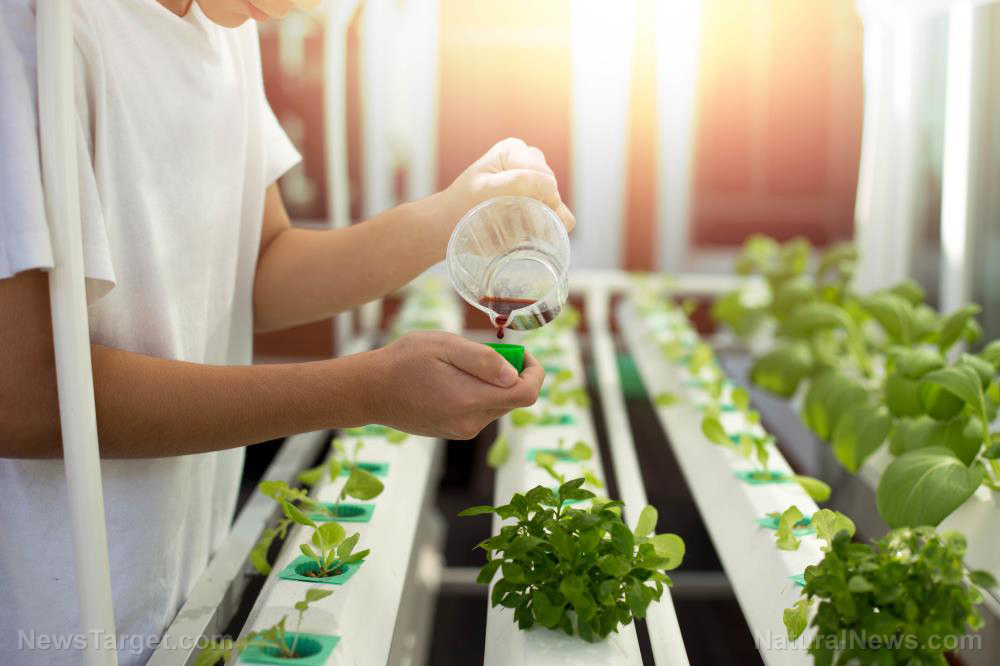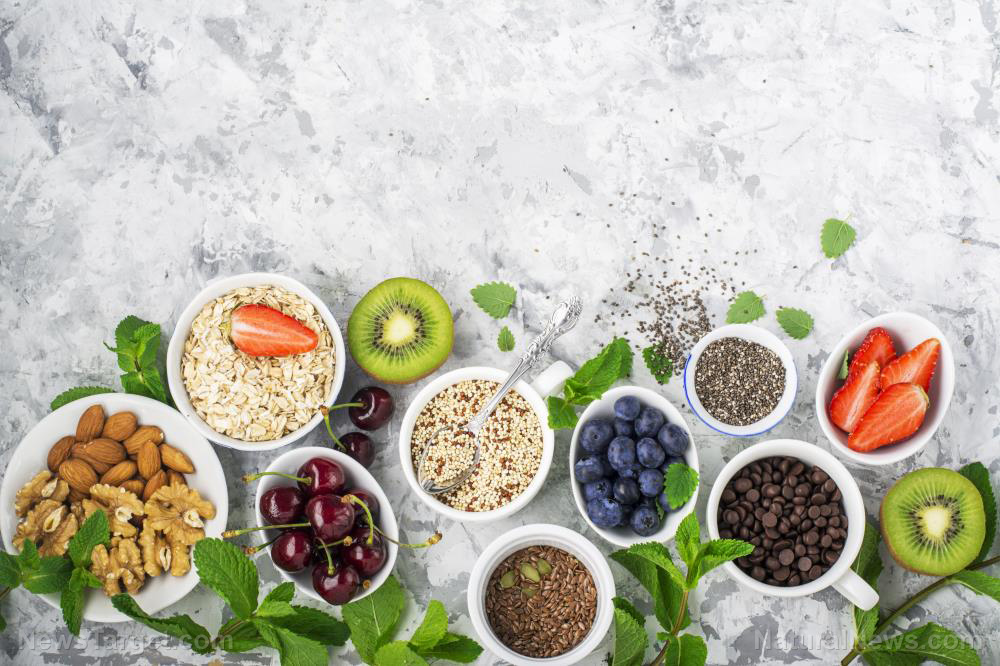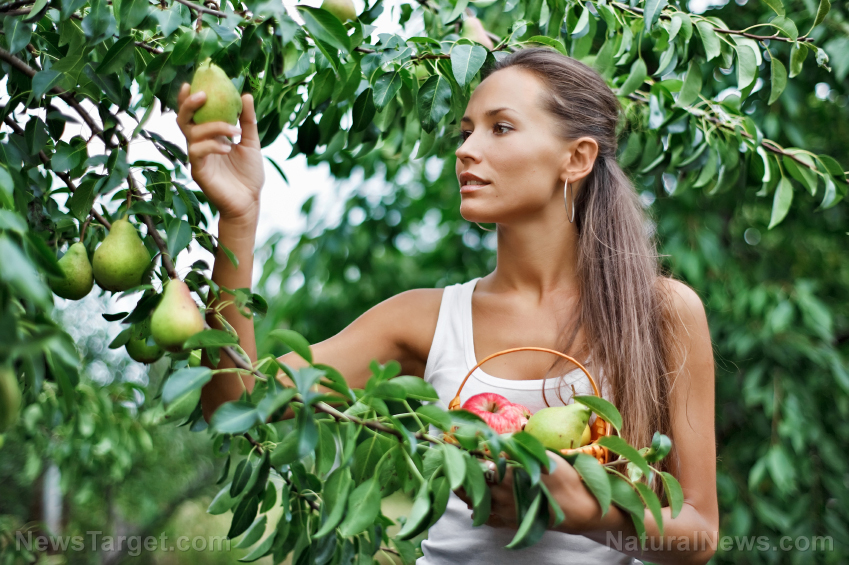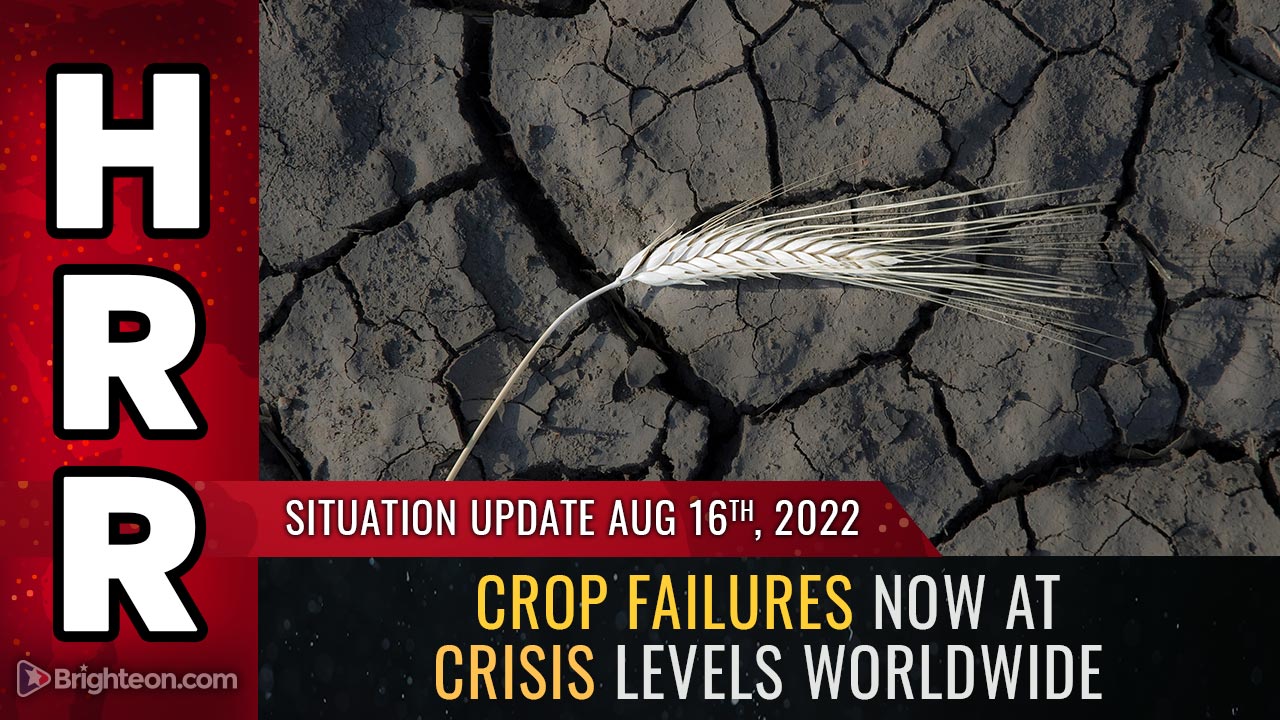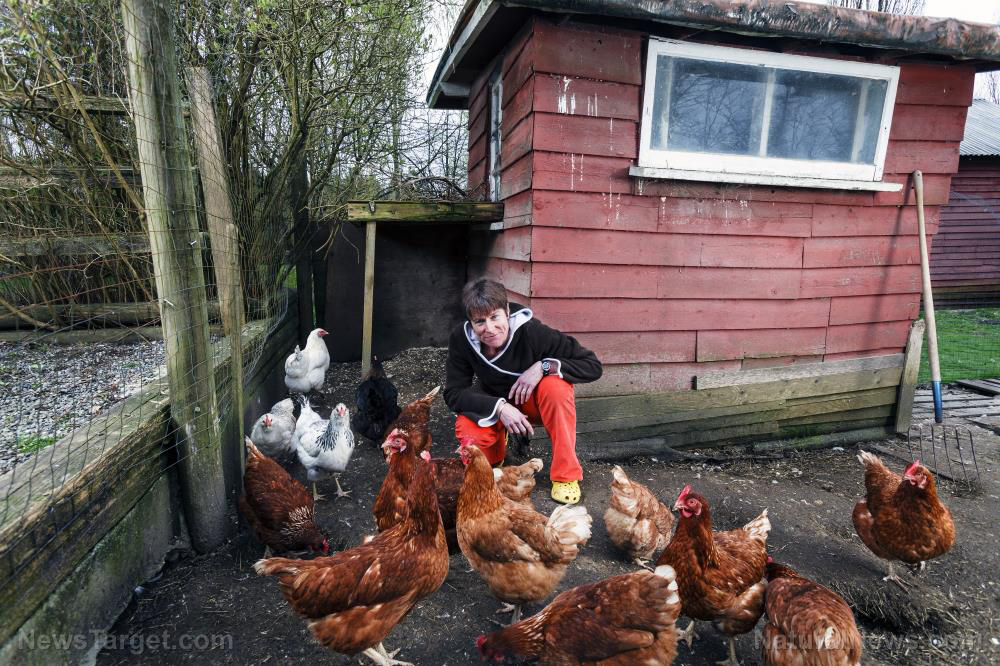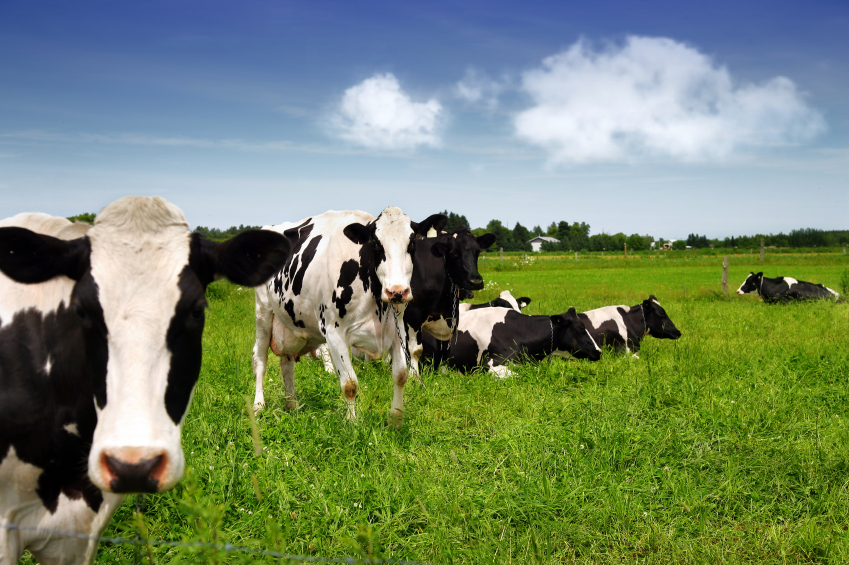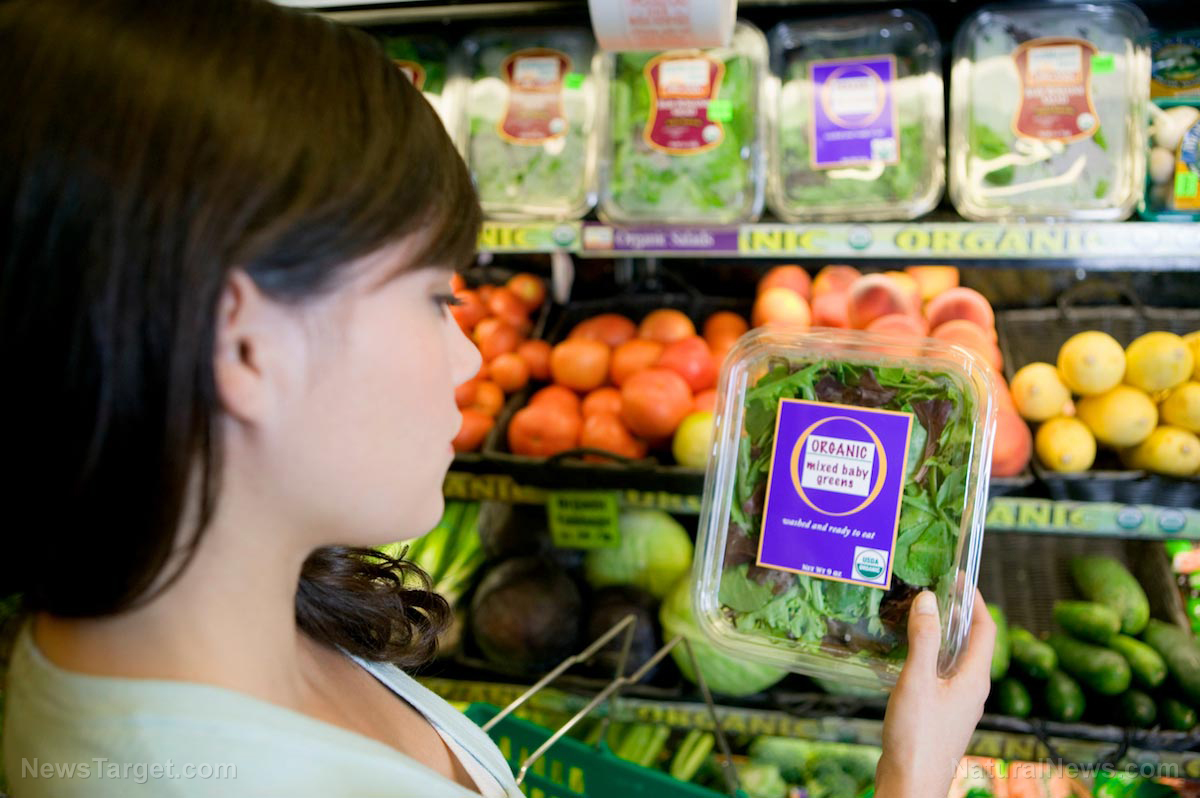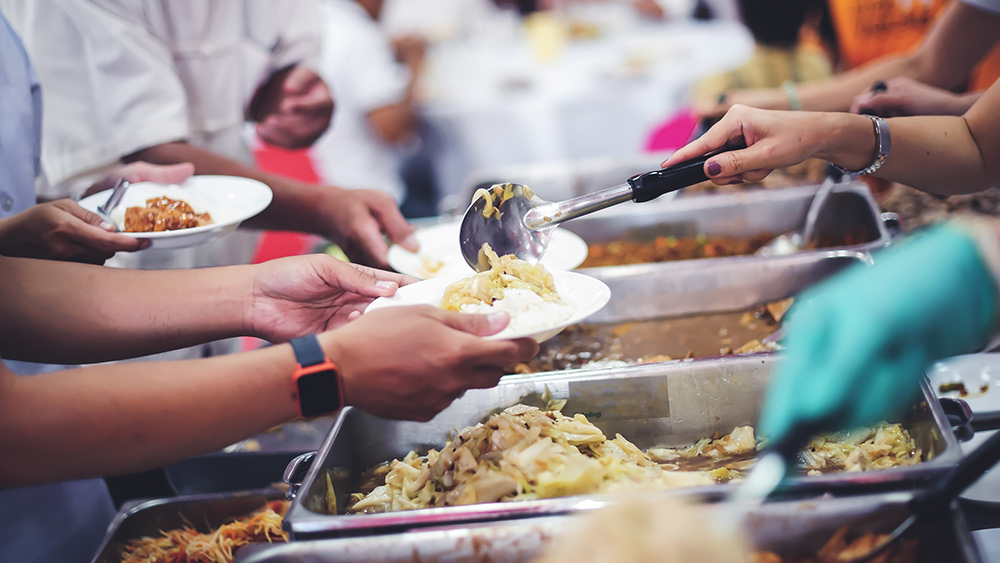Foraging 101: Best US states to forage for food after SHTF
08/18/2022 / By Zoey Sky

For some preppers, foraging is the last resort when trying to find food for their family after SHTF. Foraging is a rewarding way of getting more food for free. Foraging can even help you save some money on grocery bills. (h/t to AskAPrepper.com)
Why is foraging an important prepper skill?
In a post-SHTF world, foraging can help save your life, especially if your food stockpile is starting to run low but you can’t get more supplies because stores are either empty or looted
You can also grow crops in a home garden, but timing may be an issue. If you don’t already have plants and vegetables that are mature enough when SHTF, you may have to wait for weeks or months before you can harvest anything.
While you’re waiting for your plants to mature, foraging will help you find more food for yourself and your family.
Note that how much food you gather while foraging will depend on your location. While certain environments will produce food easily, others will not. You may even have trouble finding any food at all.
To forage productively, learn which states are best for foraging after SHTF.
California
The California coastline is a great location for preppers who want to forage for shellfish and seaweed.
While foraging, check rocks for barnacles, clams and mussels. Note that if there is a “red tide” of algae, shellfish can collect lethal doses of toxins. Only forage for shellfish when the sea is clear.
You can also forage for common edible seaweeds like sea lettuce and nori in California.
Inland, Northern California is home to various berries and other edible plants. Forage for wild radish with edible seed pods and stems that can be shaved to reveal a crispy, edible center.
If you end up further south, search for amaranth, cactus, chickweed, pennycress, prickly pear and wild asparagus. (Related: Food supply tips: 5 Things you need to learn when foraging for nutrient-dense food.)
Iowa
Iowa is a major agricultural state, with 60 percent of the area turned into farmland. When things are normal, farmers will definitely chase foragers out of their farms.
But after SHTF, major crops like corn, oats and soybeans can turn into forage. These are cultivated species so they are highly nutritious. Additionally, corn, oats and soybeans are energy-dense. Soy also has a lot of protein.
If you don’t want to forage in the fields, target non-crop foods instead. Hedges and areas along roadsides may have berries and wild asparagus.
You can also forage in patches of woodland between farms for more berries and mushrooms.
After disaster strikes, you may have luck foraging around farms. Aside from large-scale agriculture, there are also a lot of smaller organic farms in Iowa. Seeds from their crops often escape over the boundaries.
Whatever the farm is growing, there’s a chance you may find some plants that have taken root outside the fence.
Maine
Maine has many of the same foraging advantages as Washington. There is edible kelp, Irish moss and other seaweeds along the coast. Check under seaweed for green crabs. If you forage on the rocks, keep an eye out for mussels and periwinkles.
Inland, you can collect different food sources in Maine. When foraging in spring, look for fiddlehead ferns. Fiddleheads are foraged from the ostrich fern. They are the plant’s young shoots that look like tiny scrolls popping out of the dirt.
Fiddleheads are only available for a short window of time during spring, which is when ferns grow new shoots. Keep in mind that other ferns can be toxic, so never forage fiddleheads unless you are completely sure you can identify them correctly. Harvest only a few fiddleheads in a cluster or the fern could die.
Fiddleheads have been linked to cases of severe food poisoning caused by what experts think is a toxin in the fiddleheads. While the exact nature of the toxin is unknown, cooking helps make it harmless. Always cook fiddleheads thoroughly since undercooked ones are believed to be just as dangerous as raw ferns.
Fiddleheads need to be rinsed and lightly cooked. Once you forage enough fiddleheads, prepare them by sauteeing, steaming, or boiling.
If you can properly identify edible mushrooms, forage for them in Maine, including morels and chicken of the woods.
Ponds and marshes in Maine are full of edible cattails. The state is also home to huge expanses of wild blueberries.
In fall, you can forage for wild apples. Pine nuts take a lot of time to collect, but there are a lot of pine trees in Maine so you won’t have to forage too long.
Collect reindeer moss in winter. This edible moss can be boiled for a couple of minutes and eaten.
Maine is a great place to forage even if things are normal. The state has permissive land laws that allow foraging on any land, except for those with posted signs forbidding it.
Texas
Texas has the nation’s biggest agricultural industry, including large farms producing cereals, fruit and onions. If farms haven’t been abandoned in the state, you can find plenty of the wilder areas suitable for foraging.
Look for sorrel in grasslands and forests. Use it as a green vegetable.
Wild carrots are also abundant, particularly along roadsides. Learn how to differentiate wild carrots from hemlock because the latter is poisonous. Wild carrot leaves have hair.
Texas also has many wild nuts, like black walnuts and pecans, that you can forage in the fall.
Many species of grass in Texas and other Southern states are edible. Collect their seeds, then either boil or dry than ground the seeds into flour.
If you can correctly identify an edible species, you will have a source of carbohydrates and fiber after SHTF.
Other edible plants that are common in Texas include purslane, smilax and wild grape.
Washington
All West Coast states are good for foragers, but Washington is one of the best places to forage in after SHTF.
Rocky areas of the coast have plenty of shellfish such as clams, mussels and oysters. Collect healthy-looking shellfish, which should have closed shells and are firmly attached to rocks.
Search rock pools for crabs and trapped fish. You can also forage for edible seaweed.
If you go further inland, around half of Washington is covered in forest. Some of these trees can be used as a source of food after SHTF.
Douglas firs are very common and in spring, the soft tips of the branches can be collected and eaten.
Camassia plants are common in forests. Their bulbs are nutritious and can be eaten after being roasted or boiled.
Search forests for edible wild berries.
Eastern Washington has few forests and foraging there is more difficult, but you can still look for wild asparagus along roadsides and on the banks of ditches. The best time to forage for wild asparagus is at the height of summer, or in the early autumn.
In summer, wild asparagus is a large bushy plant that can grow up to six feet tall. A single crown usually has a spread of three or more feet wide. The plant is often easy to spot sticking up out of the tall grass.
As a perennial that stores its nutrients underground, wild asparagus gets an early head start on the season. When foraging in summer, look for wild asparagus patches along roadsides, at the edges of woodlands and in areas that get good sun but a mower can’t regularly reach.
Wild asparagus appreciates moist soil and full sun, so it’s commonly found at the edges of clearings in the woods or along hiking trails that get good sun exposure.
Other foraging tips
While these five states are ideal for foraging, you can still find food in other states. There are edible plants everywhere if you know how to properly recognize the ones that grow in your state and where to find them.
However, before eating anything that you have foraged, run a thorough taste test to check if a plant is edible:
- Test one plant at a time.
- Rub a small piece of the plant on your forearm. Wait for at least 15 minutes to check for a reaction.
- Touch a piece of the plant to your lip to check for a burning or itching feeling.
- Put a small piece of the plant in your mouth then spit it out again. If you feel a burning or prickling sensation or notice a taste of almonds, the plant is toxic and shouldn’t be eaten.
- If there’s no reaction or almond taste, swallow a small piece of the plant and wait for one hour for a reaction. If there isn’t any reaction, the plant should be safe to eat.
This test only works on plants so don’t apply it to mushrooms that may be poisonous.
Before SHTF, learn about the edible plants in your state so you can forage for food if your supplies run low.
Watch the video below about three ways to use spring dandelions.
This video is from the TruthAndFreedom1 channel on Brighteon.com.
More related stories:
Prepper foraging tips: 6 Wild lettuce lookalikes to avoid.
5 Medicinal mushrooms you can grow in your home garden or forage in your backyard.
5 Common edible plants for urban foraging (plus foraging tips).
Sources include:
Submit a correction >>
Tagged Under:
bug out, edible plants, emergency food, food freedom, food supply, foraging, green living, homesteading, off grid, preparedness, prepper, prepping, self sufficiency, SHTF, survival, survival food, survivalist, tips
This article may contain statements that reflect the opinion of the author
RECENT NEWS & ARTICLES
COPYRIGHT © 2017 FOOD FREEDOM NEWS

